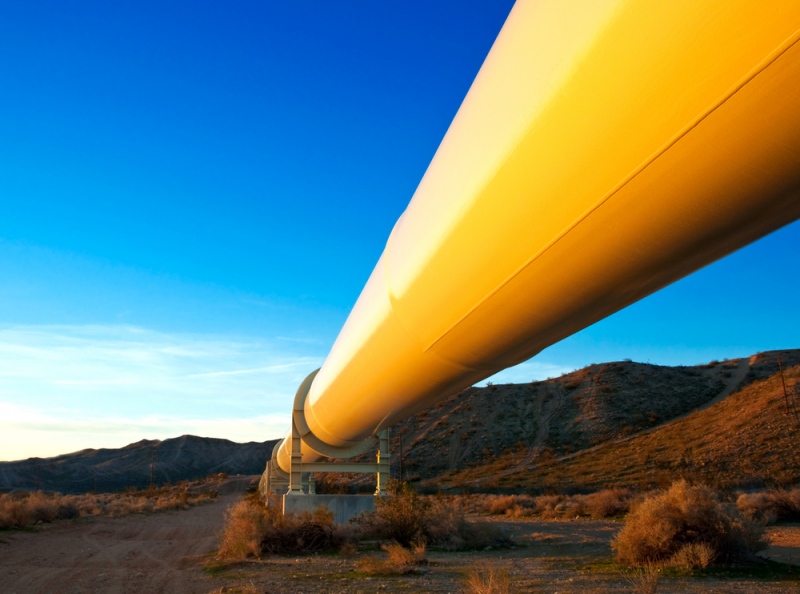
How safe are pipelines? It might surprise you to know that pipelines are one of the safest and most environmentally friendly ways to transport oil and natural gas long distances. Here are 3 facts about pipeline safety that you should know:
1) 99.999 per cent safety record
According to Natural Resources Canada, about 99.999 percent of the crude oil transported in Canada’s transmission pipelines reaches its destination safely. Of the 1.3 billion barrels transported in 2015, less than 500 barrels were accidentally released.
2) World class regulation
Pipeline companies, and their operations, are monitored closely by regulators – and Canada’s pipeline regulations are among the most stringent in the world.
- Pipelines that transport oil and natural gas within a province or territory generally fall under the authority of that province’s regulator. For instance, the Alberta Energy Regulator, or the Ontario Energy Board.
- If a pipeline crosses provincial or territorial borders it is generally regulated by the National Energy Board.
These regulators retain authority over pipelines for their entire life cycle. This means from the early planning stages, through construction and operation right to retirement.
3) Polluter pays
By law, Canada’s pipeline companies are held 100 percent responsible for cleaning up spills, and for remediating and repairing the land.
The Pipeline Safety Act provides for unlimited liability, whether the spill happened through their own fault or negligence, or through no fault of their own. It also requires them to hold a pre-determined, minimum level of funds to cover their liability and to respond in the event of an emergency.
You can learn more about pipeline safety from Natural Resource Canada, the National Energy Board and About Pipelines.



